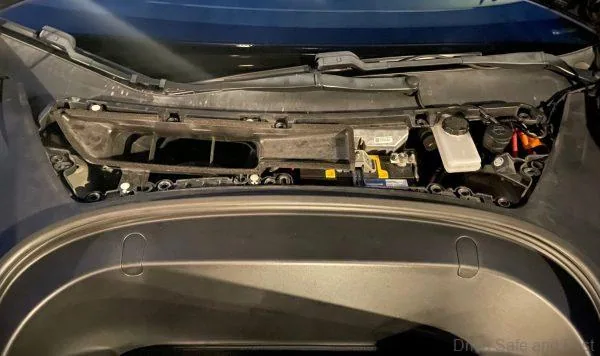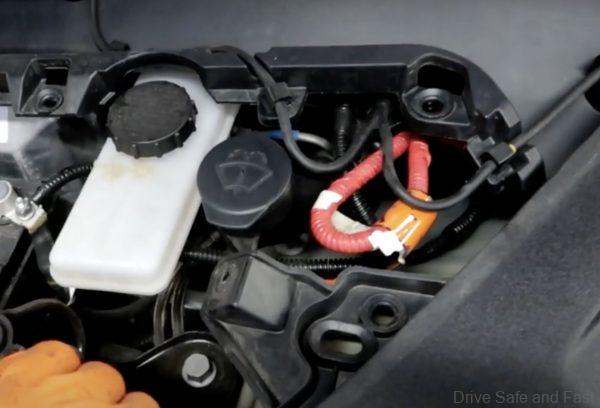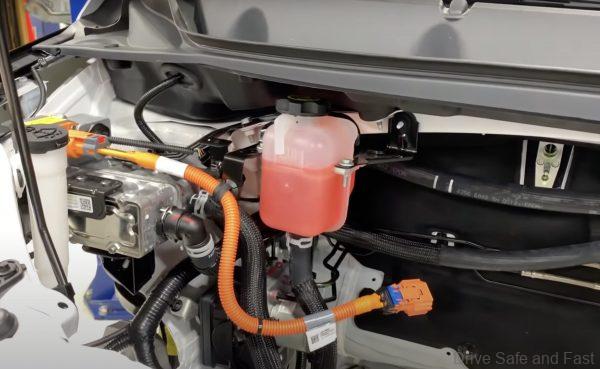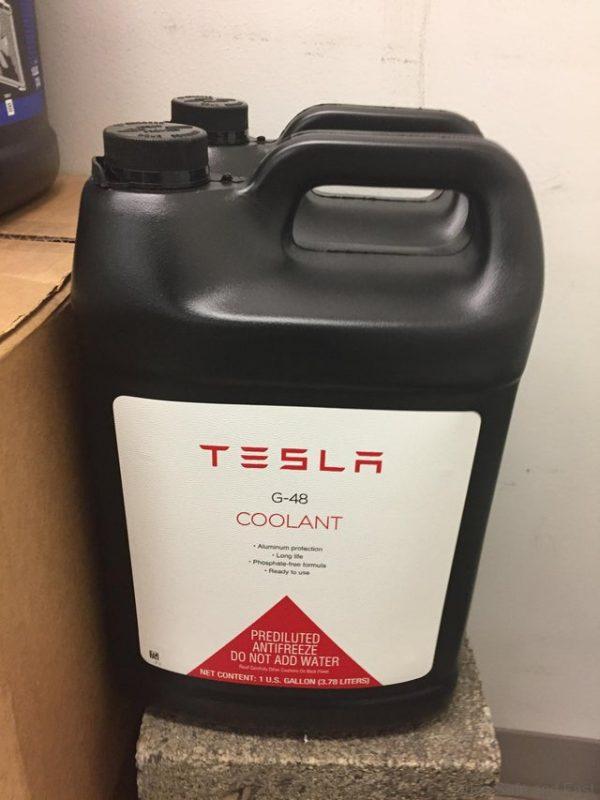Do Electric Vehicles Still Have Fluids?
Short answer: Yes. Electric Vehicles still have plenty of fluids and some need to be monitored.
One of the many advantages of buying an electric vehicle is the reduced maintenance costs associated. There is a grain of truth to this, but electric vehicles (EVs)certainly are not maintenance-free. There are still plenty of wear and tear parts. Given that electric vehicles tend to weigh much more than their internal combustion engine (ICE) counterparts, you can be sure that suspension components and tyres are under much more strain. But beyond typical wear and tear on solid automotive components, there are also plenty of forgotten fluids to replace or top up on your typical EV.
Hydraulic Brake Fluids
Brakes are the most important safety system in a car. While most parts of the modern vehicle has evolved to become more electronic, just about every manufacturer has to include hydraulically-powered brakes as a backup system at the very least.

That being said, the brake systems on EVs tend to be put through less frequent use, especially if regenerative braking is used to its maximum. Some EVs, like the Nissan LEAF, can be driven with a single pedal as the motor is able to slow the car down to a stop while recovering energy for the battery. Still, it’s important that brake fluid be inspected regularly and should be flushed and replaced in accordance to manufacturer recommendations.

Almost no present day EV uses hydraulically-powered steering, so this will not be a concern. That being said, double check on your particular EV if it’s something older.
Coolant
Yes, even without combustion, there’s a lot of thermal management required on an EV. Some EVs will feature cooling systems that find the most efficient way to move excessive heat to places where it’s needed – from the batteries to the cabin, for instance. Just like petrol and diesel engines, batteries operate more efficiently with some heat. Similarly, excess heat can damage and deteriorate batteries. This may lead to lower range or worse – compromised battery packs.

Electric motors themselves, often their coils, also require cooling, given how much kinetic energy gets converted to thermal energy due to friction. The type of coolant and cooling system varies from model to model. Some brands have stuck to more traditional coolant types. Others uses very specific liquid Glycol formulations. Tesla, for instance use G-48 ethylene-glycol coolant.

More traditional coolants may be relatively easy to flush and replace. Specialised coolants or ‘thermal fluids’ are often more expensive and require special tools and training to replace. In some cases, electric vehicle coolants tend to be designed to last ‘the lifetime’ of the vehicle. That means that the service centre will only replace or top up these coolants in special circumstances and not periodically like one would with traditional coolant.

Lubricant/Grease
As with all cars, EVs have hundreds of moving parts with lots of potential spots for friction to turn into heat or wear. Wherever there’s metal rubbing metal, there’s a potential for wear and eventually corrosion to set in. In most cases, these areas have some form of lubrication or grease pre-applied at the factory.

The grease ought to last ‘the lifetime of the vehicle’, but that is no guarantee of anything. Age, mileage or mishaps on the assembly line can lead to an insufficient amount of grease on particular drivetrain, steering and suspension components. Chances are you’ll hear or feel it when this happens if you’re lucky.
In the case of EV transmissions, some do use internal lubrication but often this is also made to last ‘the lifetime of the vehicle’. Sensors ought to be able to determine and warn you if a top up or fluid change is necessary in this case.
Windscreen Washer Fluid
Finally there’s the all-important windscreen washer fluid. This is probably the one fluid that is probably more important to monitor on an EV than on older ICE vehicles. Why do we say that?

Well because many EVs also feature autonomous or semi-autonomous driving features. These require ultrasonic, radar and LiDAR sensors and often also cameras. All of these must be kept clean and it’s often the case that there are self-cleaning jets for each of these sensors. These usually all get their washing fluid from the same reservoir. So keep it topped up at all times.